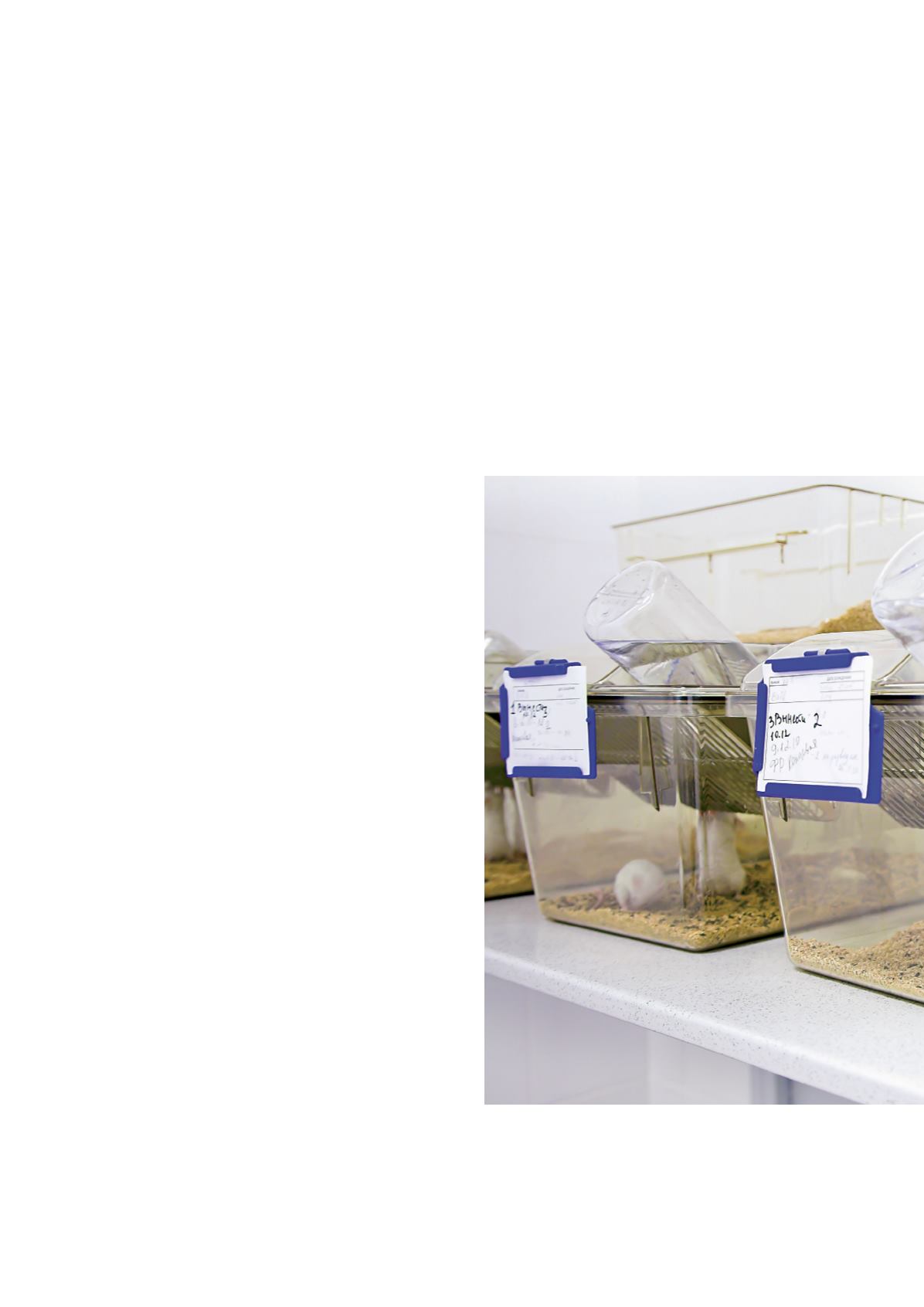
BfR | Annual Report 2013
80
However, experience shows that users and evaluating au-
thorities sometimes have difficulty determining the right
course of action or employing suitable methods. For ex-
ample concerning the combined use of
in vitro
models
and the limitations which must be considered, particularly
with regard to additional
in vitro
or
ex vivo
test systems.
Furthermore, there are still test guidelines which do not
take the developments of recent years into account.
On the initiative of the BfR, an OECD expert working
group was therefore established to develop a guidance
document which will help evaluating authorities and users
to use animal-free methods correctly. The instructions set
out in the guidance document can make an important
contribution towards reducing the use of animal experi-
ments in research to determine skin corrosion and skin
irritation. The advantages and limitations of test methods
for skin-corrosive or skin-irritant properties, for example,
are presented in detail. Other
in vitro
,
ex vivo
, and
in silico
methods are also considered in the document. A test-
ing and assessment strategy (Integrated Approach for
Testing and Assessment, IATA) aims to help the relevant
authorities and applicants to evaluate existing data and
assess the need for additional tests, with
in vitro
and
ex
vivo
methods given high priority. Most of the work on the
guidance document took place in 2013; it is to be pub-
lished by the OECD in 2014.
Before work on the guidance document could be com-
pleted, the OECD expert working group also revised the
test guidelines in 2013 to facilitate their application and,
in certain fields, to allow them to be applied for the first
time. This was the case for OECD test guideline 431 on
skin corrosion
in vitro
, for example. Following a study by
the working group, this guideline can now also be used
for the testing of substances in the field of transportation.
In this case, additional differentiation into three hazard
groups (1A, 1B and 1C) is required.
Assessing pain and suffering in genetically
altered laboratory animals
For the breeding of genetically altered animal lines, new
legal regulations have been in place since the German
Animal Welfare Act was amended in July 2013. The Ani-
mal Welfare Act and its associated ordinance regulate
all details that must be considered when using animals
for scientific purposes in Germany. One of the provisions
of the new law is that not only the creation of genetically
altered animals but also maintenance and breeding of
these animals have to be authorised by competent au-
thorities. The key factor in this obligation for approval is
whether the animals are subjected to pain, suffering, fear
or permanent damage due to their genetic alteration.


